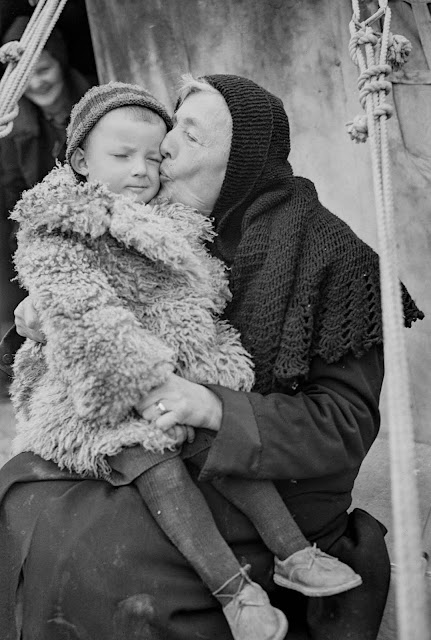Iran Welcoming Polish Refugees
06:08Iran Welcoming Polish Refugees [1942-1945]
Taking after the Soviet attack of Poland at the onset of World War II as per the Nazi-Soviet Pact against Poland, the Soviet Union obtained over portion of the region of the Second Polish Republic. Inside months, with a specific end goal to de-Polonize added lands, the Soviet NKVD gathered together and expelled in the vicinity of 320,000 and 1 million Polish nationals toward the eastern parts of the USSR, the Urals, and Siberia. There were four rushes of extraditions of whole families with kids, ladies and elderly on board cargo trains from 1940 until 1941.

Their destiny was totally changed in June 1941 when Germany out of the blue assaulted Soviet Union. Needing the same number of partners it could discover, the Soviets consented to discharge all the Polish residents it held in bondage. Discharged in August 1941 from Moscow's notorious Lubyanka Prison, Polish general Wladyslaw Anders started to assemble the Polish Armed Forces in the East (normally known as the Anders Army) to battle against the Nazis.

Framing the new Polish Army was difficult, nonetheless. Many Polish detainees of war had kicked the bucket in the work camps in the Soviet Union. A large portion of the individuals who survived were exceptionally powerless from the conditions in the camps and from malnourishment. Since the Soviets were at war with Germany, there was little sustenance or arrangements accessible for the Polish Army. Therefore, taking after the Anglo-Soviet attack of Iran in 1941, the Soviets consented to clear part of the Polish development to Iran. Non-military displaced people, for the most part ladies and kids, were likewise exchanged over the Caspian Sea to Iran.

Beginning in 1942, the port city of Pahlevi (now known as Anzali) turned into the primary arrival point for Polish outcasts coming into Iran from the Soviet Union, getting up to 2,500 exiles for every day. General Anders emptied 74,000 Polish troops, including around 41,000 regular folks, huge numbers of them youngsters, to Iran. Altogether, more than 116,000 evacuees were migrated to Iran.

In spite of these challenges, Iranians transparently got the Polish displaced people, and the Iranian government encouraged their entrance to the nation and provided them with arrangements. Clean schools, social and instructive associations, shops, bread shops, organizations, and press were built up to make the Poles feel more at home





0 comments